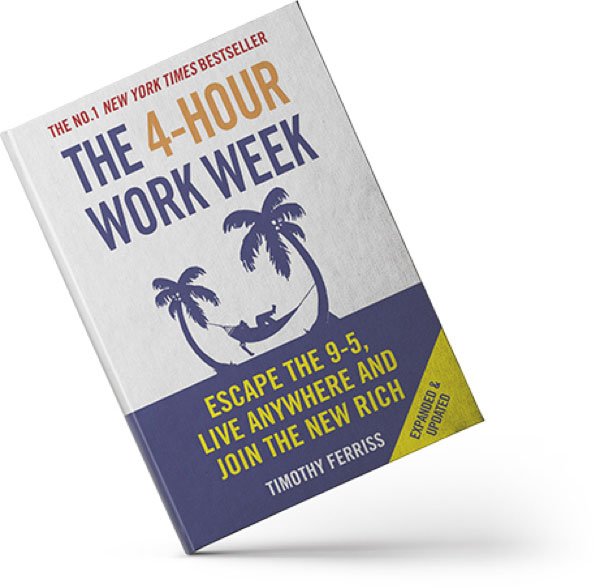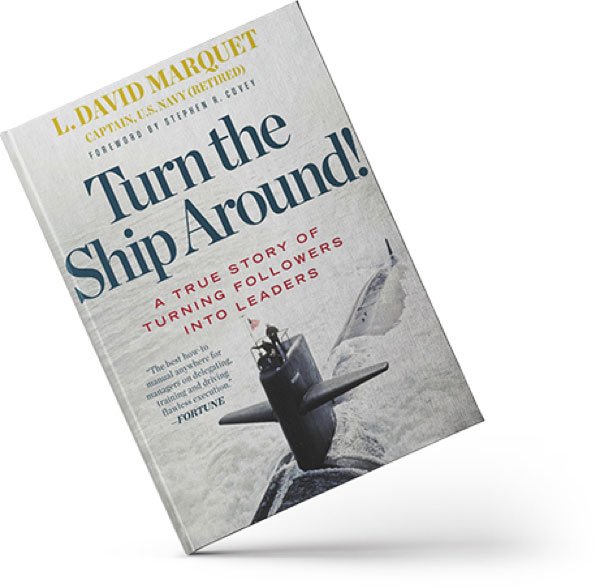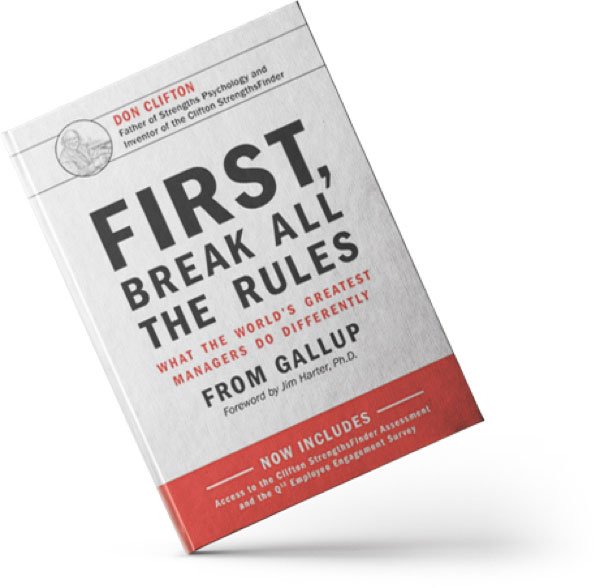The weather’s warming. The daffs are in bloom. And as the bees stretch their wings, limbering up for the months ahead, finance leaders and business owners came swarming to CP HQ for our latest finance event.
Sure enough, it’s Spring FD Seminar season. Two events. Countless learnings. Dished out by a crack team of podium-topping speakers, so you can fine-tune your business and personal finances for the road ahead.
If you joined us, thank you. We hope you had a blast. If you missed out, check out all the key topics we covered below, let us know if you have any questions, and we’ll see you at our Autumn instalments, if not before.
INFLATION, INTEREST RATES, INVESTMENTS & FINANCIAL PLANNING
Even with inflation dipping back down from its dizzy double-digit heights, it’s no secret we’re living in a period defined by uncertainty. Two ongoing wars, looming elections on both sides of the pond and consistently high interest rates, taxes and global debt have made sure of that.
But while their impacts on the economy, our businesses and us are unquestionable, should they define your investments and financial planning?
In short, no, says Ewan Rosie, Chief Client Officer at Cooper Parry Wealth. Because controlling your emotions and thinking long-term has never been more important. Shift your focus away from fearmongering media headlines, and firmly onto the stuff you really value and want to achieve.
If the FTSE falls 12%, it’s front-page news. If it rebounds by the same amount a week later, you’ll find it closer to the crosswords. And with social media’s grip on society, the volume of information we have access to – brilliant, barmy or otherwise – has never been greater.
The problem? Anyone can put that information out. Often, we don’t know the source, its accuracy, or motivation. Because if you had an ‘amazing’ stock tip, realistically, why would you share that with millions of people?
Global stock markets have proven time and time again that they’re very resilient to big changes in the world. Even after the pandemic, the markets rebounded relatively quickly. What’s more, stock market returns come in very short bursts of time.
If we take the S&P 500 as an example, if you invested $1,000 over a 20-year period, you’d have come out with $26,322. However, if you missed the 25 best-performing days in the market over that period, your returns would fall to $5,632.
So, keep your emotions at bay. Take a long-term view of your investments. Accept the stock market is tough to beat. And drown out the media noise.
BUILDING LONG-TERM VALUE IN YOUR BUSINESS
Staying with the long-term theme, Tom Summers, CP Deals’ Corporate Finance Partner, laid out what investors look for in a business, and how to create and build long-term value in yours.
Through his work in M&A, Tom has had countless conversations with founders and owners who can vocalise why they have a great business but lack the data and internal controls to back that up.
These are key considerations for investors, and for Tom, you have to go through a building block process to turbocharge your business and get it ‘DD-ready’.
Step one is creating a robust internal control environment. Establishing these day-to-day controls around your bank, debtors and creditors is vital. As are efficient month and year-end processes, documented accounting policies, and clean audit and accountant reports.
When there’s trust in the operational side of the business, you can go through regulatory and audit processes smoothly, as well as legal and financial due diligence in the event of a sale.
From there, you can build commercial understanding into your financial performance and data, covering margin and segment performance, linking KPI data to the process cycle of the business, and establishing a regular forecasting model.
Finally, performance monitoring and using data to drive strategic growth and decision-making. Introducing feedback loops around business processes, using data for projects, tendering and future investments, and building up your forecasts from a base assumption to be documented in a business plan will all leave you well-positioned.
Another common strategy for building value is external M&A, or buy and build strategies. Deal volumes remain higher than pre-pandemic levels, and bolt-ons are the most popular type of acquisitions – a journey we know all about at CP since our partnership with Waterland Private Equity in 2022.
There are, however, some key things to consider if you’re looking to buy and build. And to deliver maximum returns and synergies, you’ll need a clear, well-defined strategy.
Arrangement of funding is the most obvious one, and often, equity financing is used. Regulatory compliance is a must. Having the flexibility and agility to adjust your strategy based on current market trends is crucial too.
Overpayments and underpayments are both common, so factor in valuation risks. Carefully consider your integration plan, placing huge importance on people management and cultural alignment, and keep your acquisition costs to a minimum.
If you are thinking about growing your business through acquisition, our recent CP Deals report on Buy and Builds is full of useful information. It discusses how to maximise returns and synergies and provides great case studies of successful buy and build platforms. Take a look here.
FINE-TUNING MID-MARKET FINANCE TEAMS
If you’re part of an owner-managed business or mid-market finance team, you’ve probably outsourced some of your work, or at least contemplated it.
That’s because, as Anoop Rehal, Partner at CP told us, finance teams in growing businesses face three key issues: knowledge, money, and time.
Anoop has been working with ambitious owner-managers and entrepreneurs for over 10 years, providing financial advisory and compliance, so he’s seen first-hand why these teams need support – and how they react.
Having the right knowledge in your team is vital. If you’re growing from a startup into an international business, your skillset will – and has to be – so different from the beginning to the later stages. The quantity and complexity of systems and processes only increases too. So, to stay compliant and realise all your opportunities to grow, you need to have the right bums in the right seats. This shouldn’t be a reactionary exercise, either. It’s about planning ahead and recruiting and integrating the best people for the job, so you can stay ahead of the curve.
Money is another important consideration, and you need to make sure you’re utilising it properly. A lot of projects get canned because businesses haven’t spent enough time or money on research and working out what they actually need. So, if you’re planning to invest in tech or people, are you ready for that? Or would it be best to hold off for a few years? Being wily with your money isn’t just about cost-cutting, Anoop told us, it’s about creating efficiencies, in your tech and by improving your bottom line, at every opportunity too.
Time is the third component in Anoop’s ‘Issues Triangle’. Because you can make more money, but not more time – and that’ll only become more apparent as you grow. What resource is already available to you? When you’re at a high level, you can’t spend all your time in the detail. You need to delegate and rely on others too – people who may not currently even be in your organisation.
So, how can you tackle the triangle with one eye on the future? There’s a shortage of talent, but we’re in a much more global market, and there’s an increased expectancy among employees to be able to work from anywhere, anytime. Could that model work for you, be a key differentiator and help you tap into the best talent around the world?
On that note, who do you hire next? Wages are going up, putting cost pressures on businesses, so you need to carefully calculate the cost vs. benefit. Data is probably the most valuable resource to businesses – a theme prevalent in every industry – so could a Data Analyst be a valuable addition to your team?
If you’re investing in technology, what are we seeing in the market, and what are you using at the moment? Real Time Intelligence (RTI), Artificial Intelligence (AI) and Robotic Process Automation (RPA) are all gaining widespread popularity because of their powerful capabilities. But, tech still needs to be taught, and you can’t rid of the people side of your business.
BUDGET BREAKDOWN
Adele Raiment, Tax Director, was up next, tackling all the biggest updates from a Spring Budget. From the latest employee National Insurance cuts and Non-Doms changes to the VAT and IR35 shake-ups, we covered every announcement in detail in our Budget Booklet.
To get the finer detail and find out what the changes mean for your business and personal finances, take a look here.
We’ve also pulled together an update on all the property tax changes in the Spring Budget. If you’re a property owner, investor or landlord, head here.
UK ECONOMY OVERVIEW
Last, but never least, esteemed economist Mark Berrisford-Smith took to the stage. A regular feature and hotly anticipated speaker at many of our recent FD Seminars, Mark shared his eagle-eyed view of the UK economy – in his usual entertaining style.
The good news is that a modest revival is underway. In the UK and around the world. Gas and oil markets remain calm, and that’s helping global inflation rates come down. Interest rates are in a good position to follow suit, but we’re not there just yet.
The UK’s long-awaited recovery after two years without growth is showing early signs of promise. The economy grew by 0.2% in January 2024. It’s now primed for a more significant recovery, but for Mark, inflation is still too high, and the labour market is too tight for that to happen right now.
Vacancy numbers are falling, but they’re still at around 900,000. Mark predicts they’ll have to fall below 800,000 to give the economy capacity to grow. The UK population opting to save more money last year also put the brakes on growth. If we’d spent the same in 2023 as we did in 2022, a further £30bn would have gone into the economy. The notorious ‘cost of living crisis’ was a big factor in that, and Mark told us minimum wage increases, the cheaper energy bills being introduced in April, and the eventual lowering of interest rates are big steps in the right direction.
Mark was less complimentary about this year’s Spring Budget, calling it “unaffordable”. He said, “The politics had to trump the economics. It was all rather sorry and a lot of it not very believable.”
We’re facing the highest tax burden since the 1940s, and there’s not much prospect that it can or will go down. We’ve got an ageing population with increasing needs. Productivity and activity levels of 18 – 64-year-olds are still too low. By 2028/29, there will be an extra 2.7m people dragged into the higher rate taxpayer’s bracket. And National Insurance contributes around £170bn each year, so how can the government sensibly axe that?
“We can’t have our cake and eat it,” Mark said. “If our economy is going to grow and get back on the right track, we’re going to have to face some hard times and tough decisions.”
Because the economy is showing some promise, Mark thinks the government would ideally call their general election in August – but can they hold the party together for that long? “It could end up being in May, to coincide with the local elections”, he said. “But they’ll need to make their minds up soon.”
Whoever’s in power at the end of this year, let’s hope Mark’s predictions for a brighter 2025 come to fruition. If they do – or don’t – we’ll no doubt be welcoming him back to share his nugget-filled insights once more.























